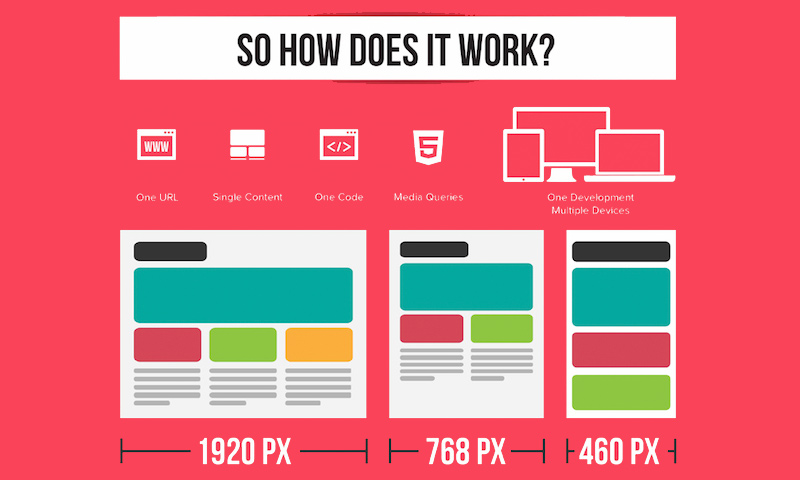Web Site Design Fundamentals: Tips For Building A User-Friendly Website
Web Site Design Fundamentals: Tips For Building A User-Friendly Website
Blog Article
Article By-Crews Gammelgaard
When it involves website layout, making sure user-friendliness is essential. From responsive style to structured navigating, every component plays a vital role in creating a site that caters to your audience's requirements. But what regarding the finer information that can make or break a user's browsing experience? Remain tuned as we uncover some often-overlooked suggestions that can raise your site's usability to the next degree, making it absolutely stick out in the digital landscape.
Importance of Responsive Design
Responsive layout is a crucial aspect of modern-day internet site advancement. Guaranteeing your web site is receptive ways that it can adjust to various screen sizes and devices, supplying a smooth experience for users.
With the raising use of smartphones and tablets to access the web, having a responsive layout is important for reaching a bigger audience. It aids in enhancing individual experience by making your website easy to navigate and keep reading any kind of tool.
Furthermore, mouse click the following post can positively affect your online search engine rankings, as search engines like Google prioritize mobile-friendly web sites. By having a responsive style, you're likewise future-proofing your web site, as new gadgets with differing display sizes remain to emerge.
Simplify Navigating Framework
To enhance user experience and help with simple accessibility to info on your internet site, enhancing the navigating framework is critical. When making your website, focus on producing a clear and intuitive navigating food selection that aids visitors discover what they're searching for promptly.
Limit the number of food selection items to the fundamentals, grouping associated pages with each other to stay clear of frustrating individuals. Usage descriptive tags that plainly indicate the material of each page, making it easier for customers to understand where each web link will certainly take them.
Consider executing dropdown food selections for subcategories to avoid littering the primary navigating bar. Furthermore, include a search bar plainly on the web page for users who prefer searching for details details.
Focus on mobile responsiveness in your navigation style to guarantee simple accessibility on all tools.
Enhance Web Page Lots Rate
Improving web page tons speed is important for keeping site visitors on your web site. Slow-loading pages discourage users and can cause high bounce prices. To enhance https://josuekfauo.snack-blog.com/31088983/from-vision-to-release-grasping-internet-site-growth-abilities , beginning by maximizing pictures. Press images without compromising quality to reduce their documents dimensions.
Additionally, allow browser caching to store often accessed resources in your area, speeding up tons times for returning visitors. Minify CSS, JavaScript, and HTML documents by removing unneeded personalities, comments, and format, enhancing tons rate.
Think about using a content distribution network (CDN) to distribute your site's web content across multiple web servers worldwide, decreasing latency for individuals accessing your site from various areas. Last but not least, restrict making use of third-party scripts and plugins, as they can considerably influence lots times.
Conclusion
Finally, by integrating receptive design, simplifying navigation, and maximizing web page load speed, you can develop an easy to use web site that appeals to a wider target market and enhances individual experience. These essential elements ensure that visitors can conveniently access and navigate your website across different devices, causing increased involvement and satisfaction. By concentrating on these vital facets, you can build an effective site that maintains customers coming back for more.
